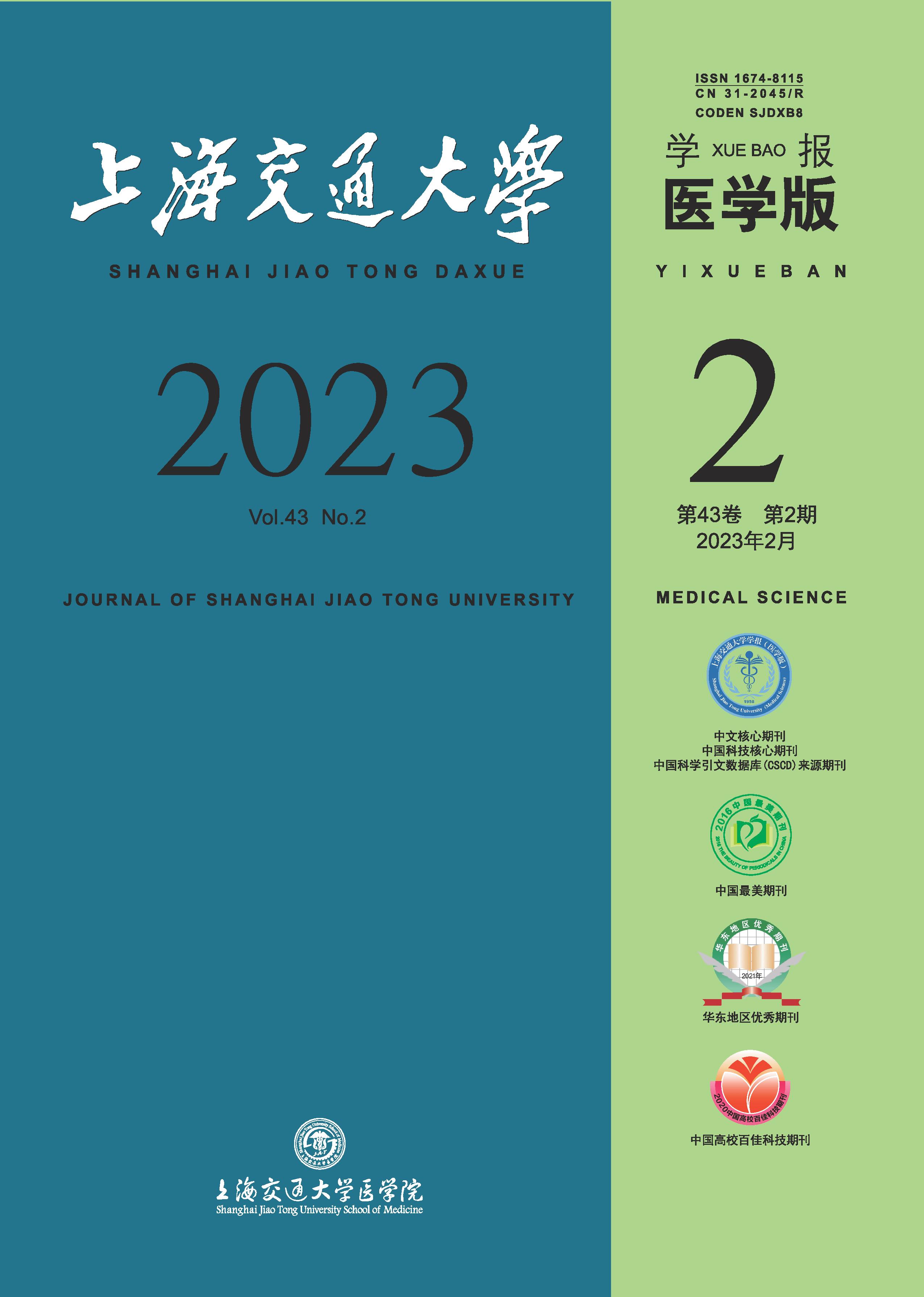Objective ·To investigate the changes of transcription factor EB (TFEB), the activity of the upstream proteins and autophagy in the hippocampus of mice with type 2 diabetic encephalopathy. Methods ·Twenty healthy 8-week-old male C57BL/6J mice were randomly divided into type 2 diabetes mellitus (T2DM) group and control (CON) group, with 10 mice in each group. The T2DM group was fed with high fat feed and injected with streptozotocin (STZ); the CON group was fed with ordinary diet and injected with equal-volume sodium citrate buffer. The random blood glucose level and the body weight were measured on the mice in both groups weekly. In the 10th week, the Morris water maze behavioral experiments were performed. Then, the intraperitoneal glucose tolerance test (IPGTT) was carried out. The blood and hippocampus samples were collected after the mice were sacrificed. The plasma insulin content was detected by the ELISA kit. The protein levels of amyloid precursor protein (APP), tau protein, phospho-tau (p-tau) protein, autophagy-lysosome-related proteins [including lysosomal-associated membrane protein 1 (LAMP1), microtubule-related protein 1A/1B-light chain 3 (LC3), and P62], TFEB, p-TFEB, mammalian target of rapamycin (mTOR), p-mTOR, and mucolipin TRP cation channel 1 (MCOLN1) in the hippocampus were detected by Western blotting. The deposition of β-peptide (Aβ) and p-tau proteins in the hippocampus was detected by immunofluorescence staining. Results ·Compared with the CON group, the body weight, the random blood glucose level, the plasma insulin level, and the IPGTT results were significantly increased in the T2DM group (P<0.05). In the water maze experiments, the escape latency of the T2DM group in the place navigation increased, and the time spent in the target quadrant and the number of times crossing the platform in the spatial probe decreased (P<0.05), indicating that the ability of learning and memory of mice was damaged in the T2DM group. The levels of Aβ, APP, tau, p-tau, P62, p-TFEB, mTOR and p-mTOR proteins, and the ratios of p-tau/tau and p-mTOR/mTOR significantly increased, while the expression of LAMP1, TFEB and MCOLN1 and the ratio of LC3-Ⅱ/LC3-Ⅰ prominently decreased in the hippocampus of mice in the T2DM group in comparison with the CON group (P<0.05). Conclusion ·Alzheimer's disease-like neuropathy is observed in the hippocampus of diabetic encephalopathy mice, along with decreased TFEB activity, down-regulated autophagy function, decreased expression of MCOLN1, and enhanced mTOR activity in the hippocampus.

